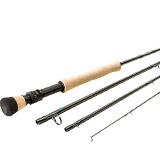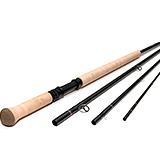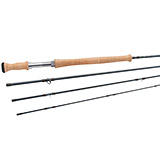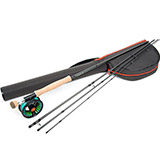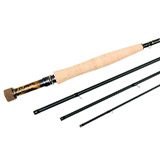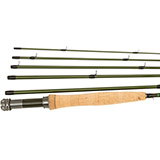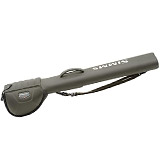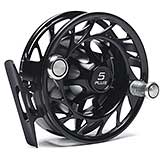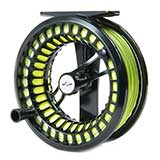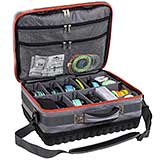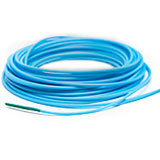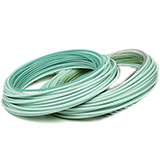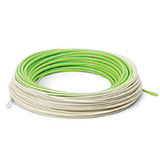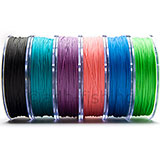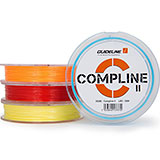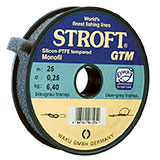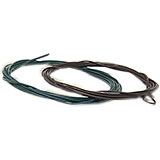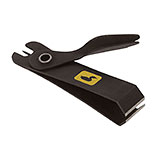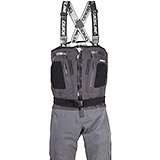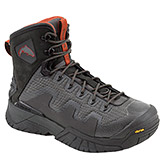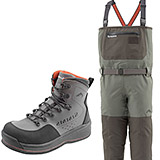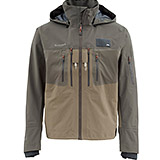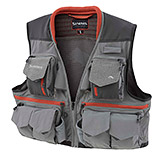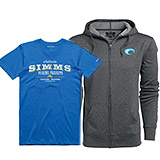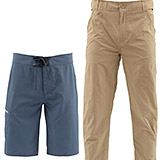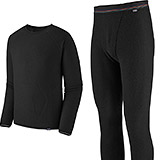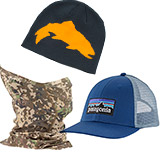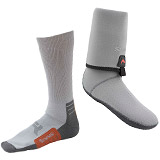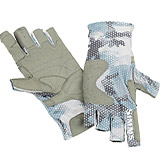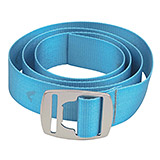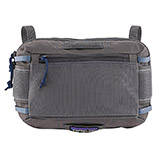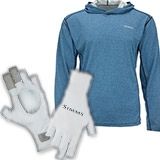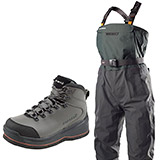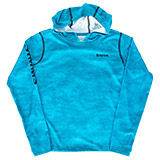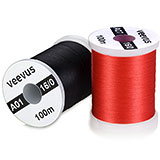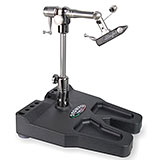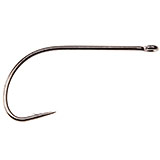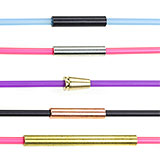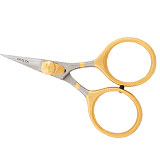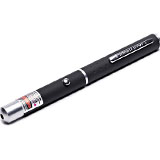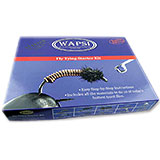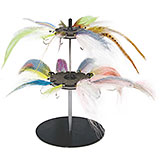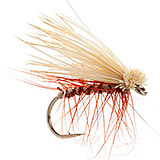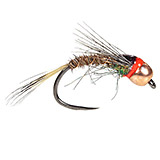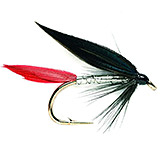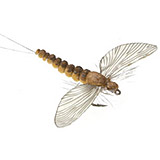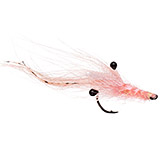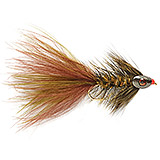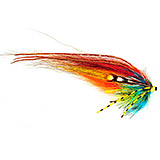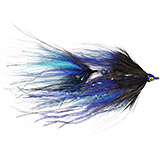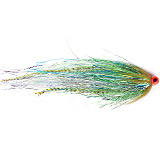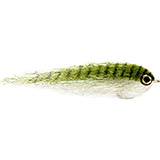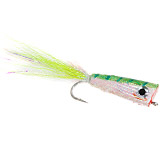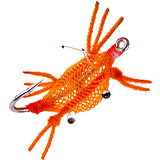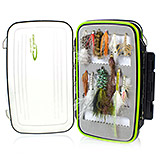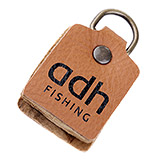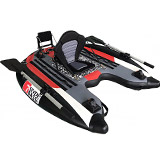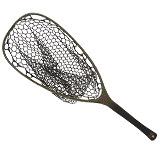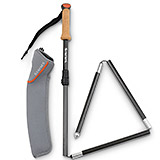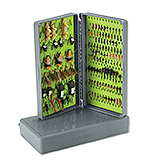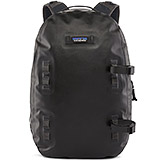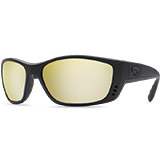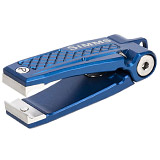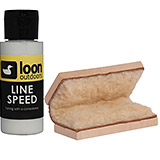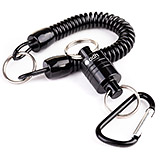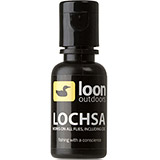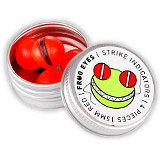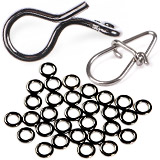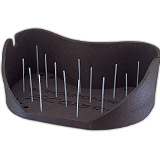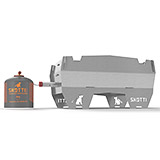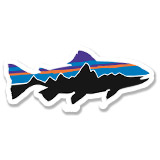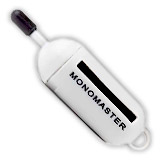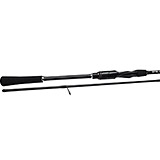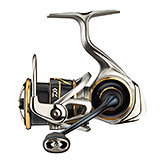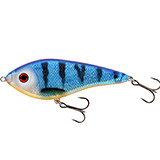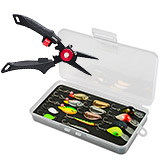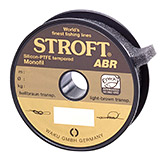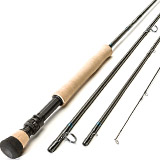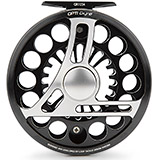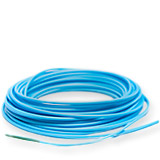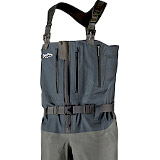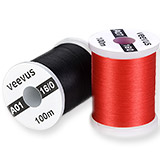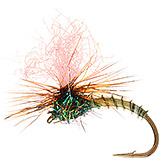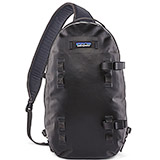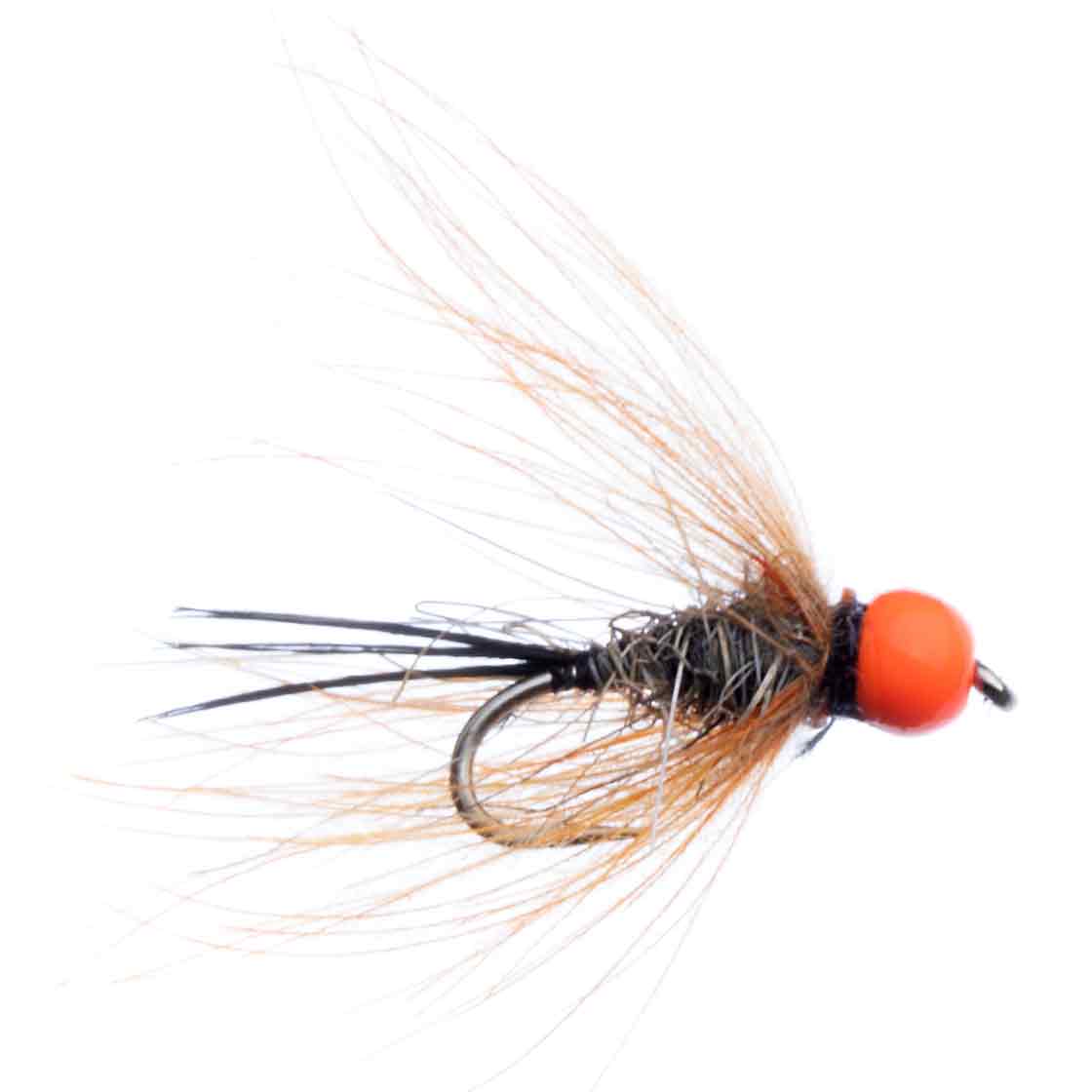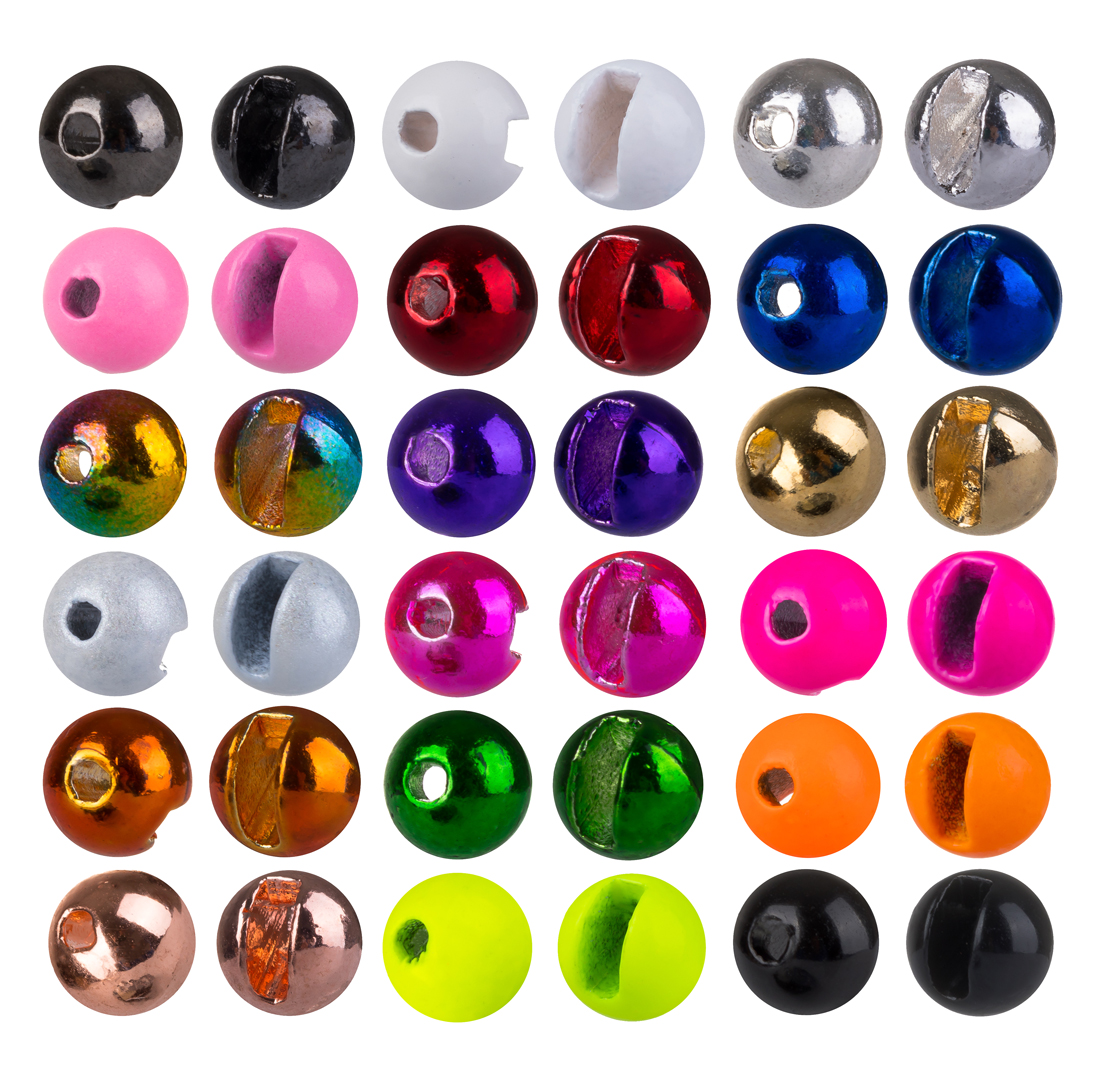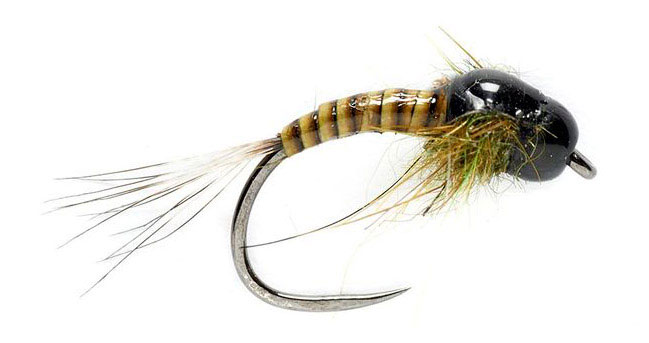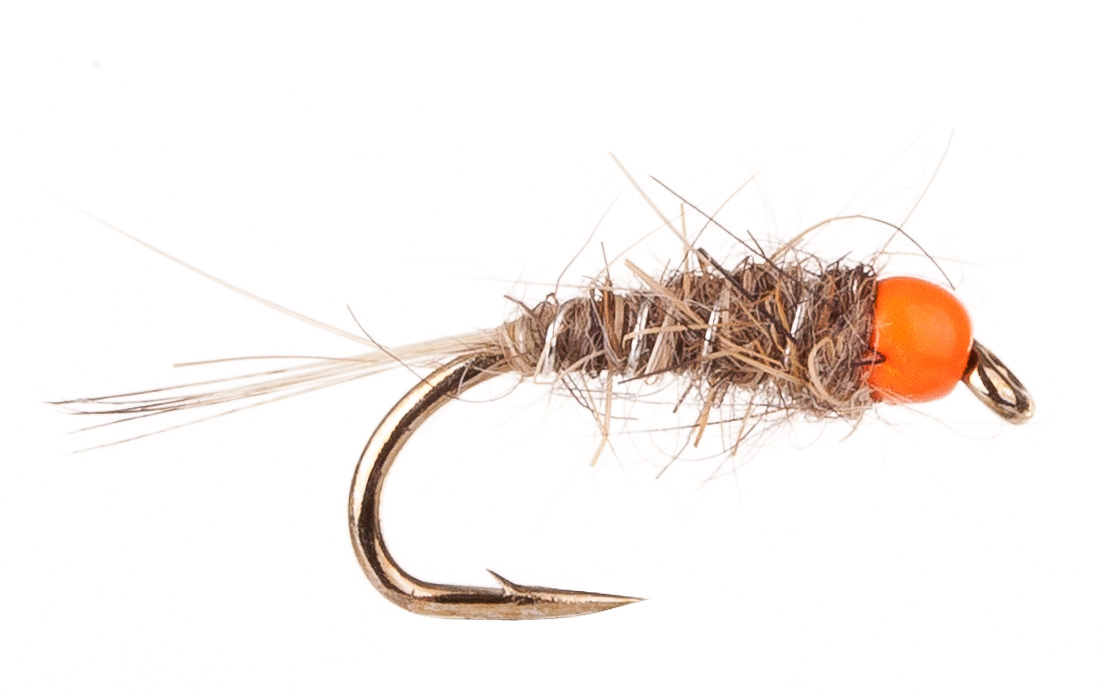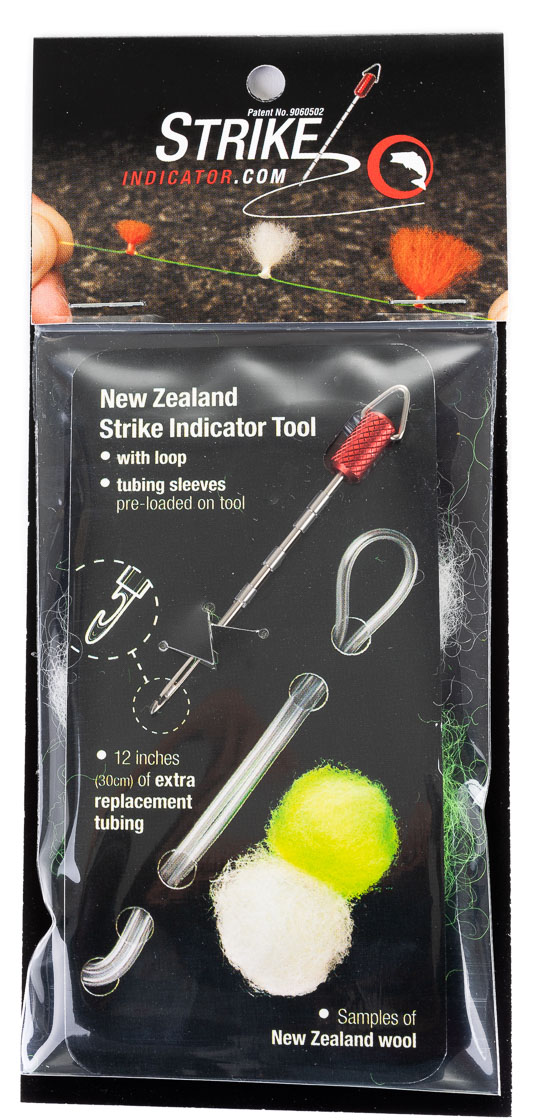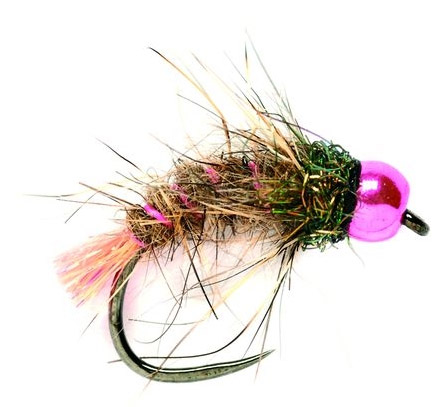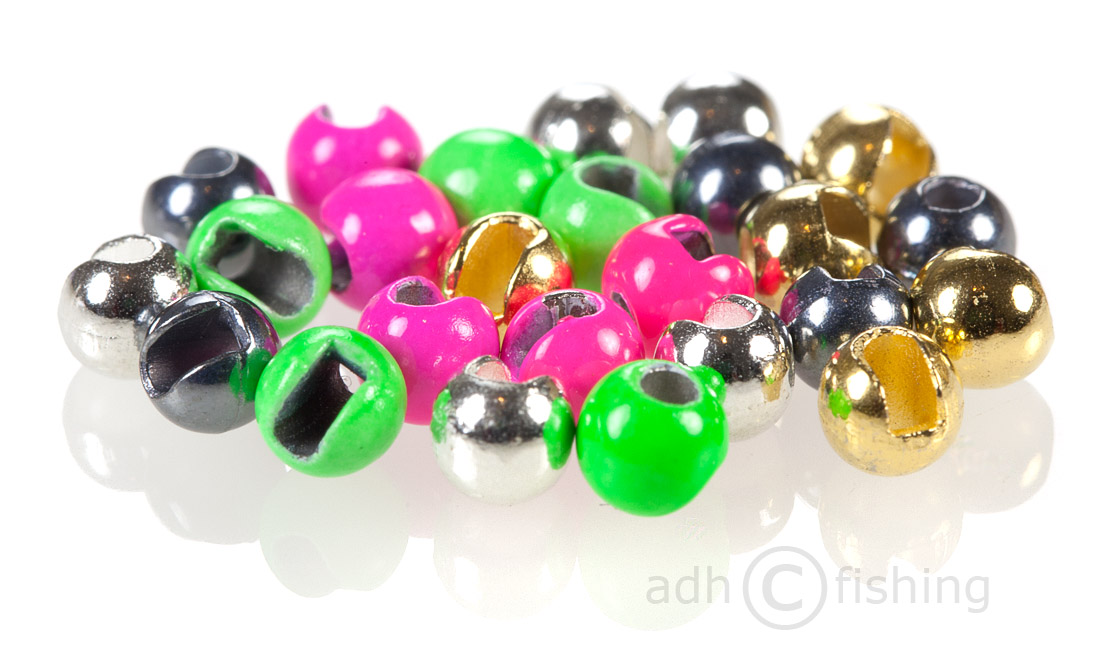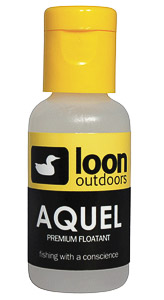Lightweight Nymphing
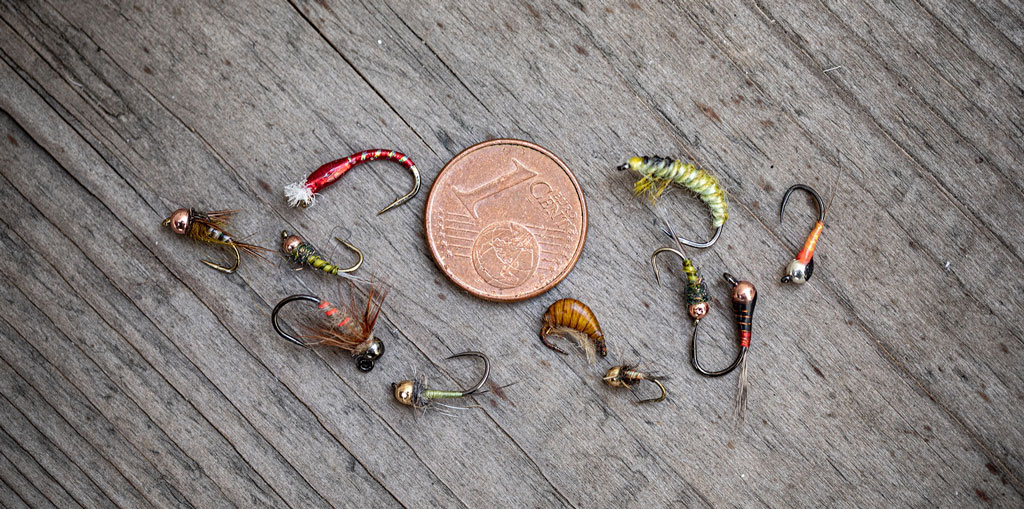
Light and small as a trump card! Not always heavy nymphs with big tungsten beads fished close to the bottom are catching beautiful fish. In this article we will tell you when and how you can be successful with lighter nymphs and why it is worthwhile to have even slightly weighted patterns in your fly box.
Modern nymphing techniques with extra-long special rods are fully in trend. No other technique gives you the same ability to accurately detect the most finicky takes in deep pools or in complex currents than euro-nymphing. The use of long mono-leaders allows you to feel the bites undiluted through direct contact to the nymph. Takes that would otherwise hardly (or not at all) be detectable with conventional strike indicators.
The detection of fine takes and especially the casting of these small flies is made much easier by using weighted jig nymphs with tungsten beads. The heavier the flies (= the bigger the tungsten bead), the easier/further you’ll be able to cast it and the more direct the contact to the fly will be, because of its higher resistance under water. The ultimate idea is keeping a direct contact to the fly and heavy flies are simply easier to control in strong currents or deep pools.
For a short introduction to this kind of nymph fishing check out our video below.
Bite detection vs. fly control:
It is often necessary to present the nymph close to the ground. Then the biggest challenge is to recognize the bites despite the depth of the water. In these situations heavier nymphs are often used, tied with tungsten beads of 3.0 mm or 3.5 mm (and heavier). Because the rule is: the lighter the fly, the more difficult it is to control the cast and drift. Two things are therefore often in conflict here: fast and accurate bite recognition thanks to direct contact with the fly and a natural drift of the nymph. Heavy flies facilitate the bite recognition and reach the bottom of the water quickly - no question about it - but they sink and drift (independent of micro currents) rather unnaturally and bounce over the ground. A truly natural drift is therefore lost when trying to detect a bite directly. This is of great disadvantage if the fish are very heavily fished or if other conditions require a very accurate presentation. There are therefore numerous scenarios that require a more delicate approach. And this is exactly where light and small is your trump card!
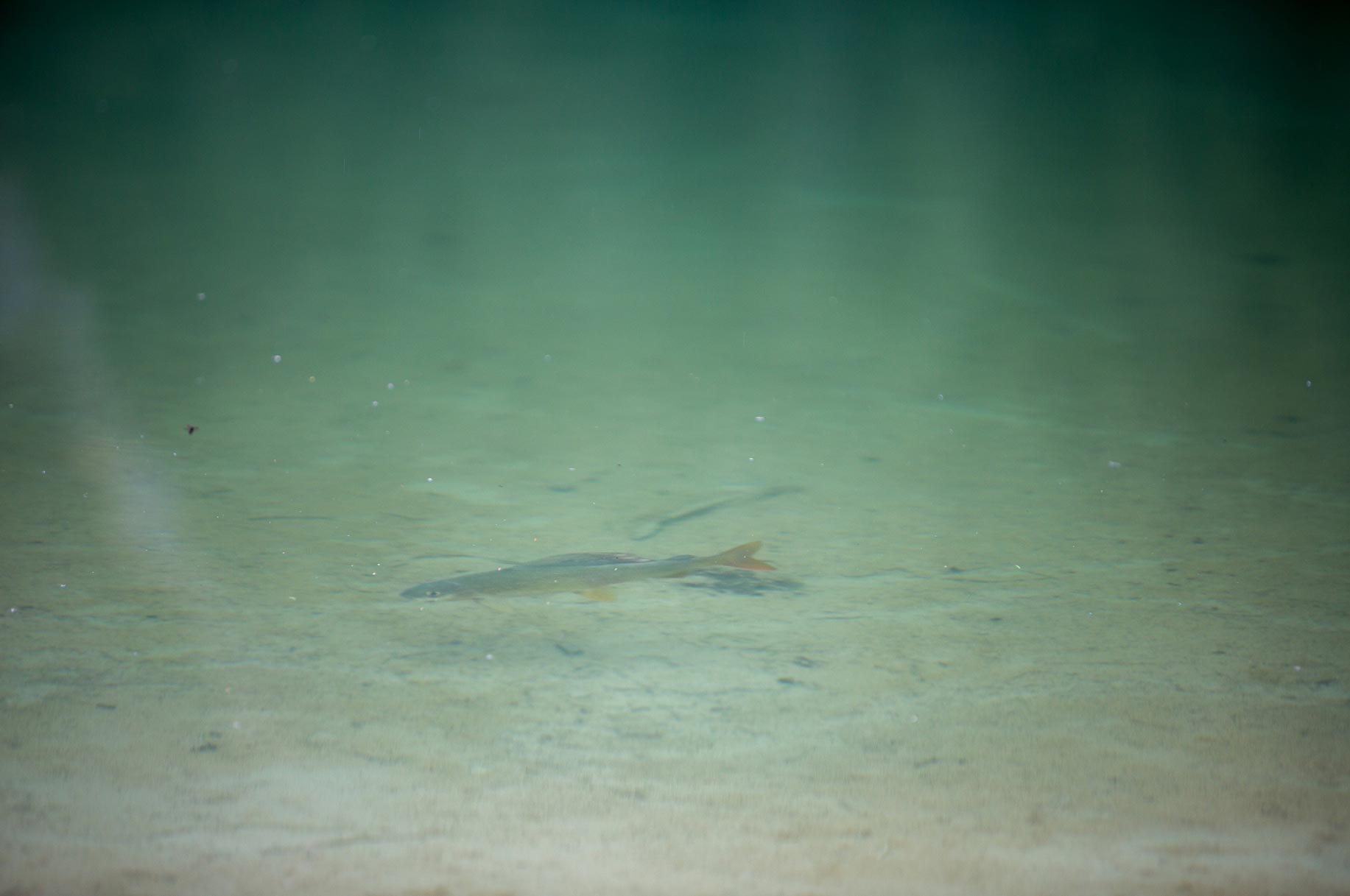
When to fish lightweight nymphs?
In the following situations you are at an advantage with a filigree presentation of the nymph:
- On heavily fished rivers, where a lot of fishing is already done with heavy jig nymphs, the fish are conditioned to unnaturally drifting flies. In many crystal-clear waters of Austria, Bosnia, Slovenia, Spain but also in many domestic running waters one often notices that the flies must not be too heavily weighted when they are presented to shy fish. Experienced, large fish then often settle in very characteristic locations where they can quickly recognize the danger.
- Fish, that are holding in slow current spots or in shallow water areas. Here, sightfishing is key to success.
- In rivers that are affected by a strong algae bloom or (comparable to a chalk stream) are characterized by dense aquatic plants like the buttercup plant. Here, too heavy nymphs would 'harvest grass' with every drift.
- In high summer and autumn, when low water reduces the current velocity. The fish are then even more delicate, eat more cautiously or sometimes only in the evening/night. A nymph that is too heavy simply sinks too fast and unnaturally under these conditions.
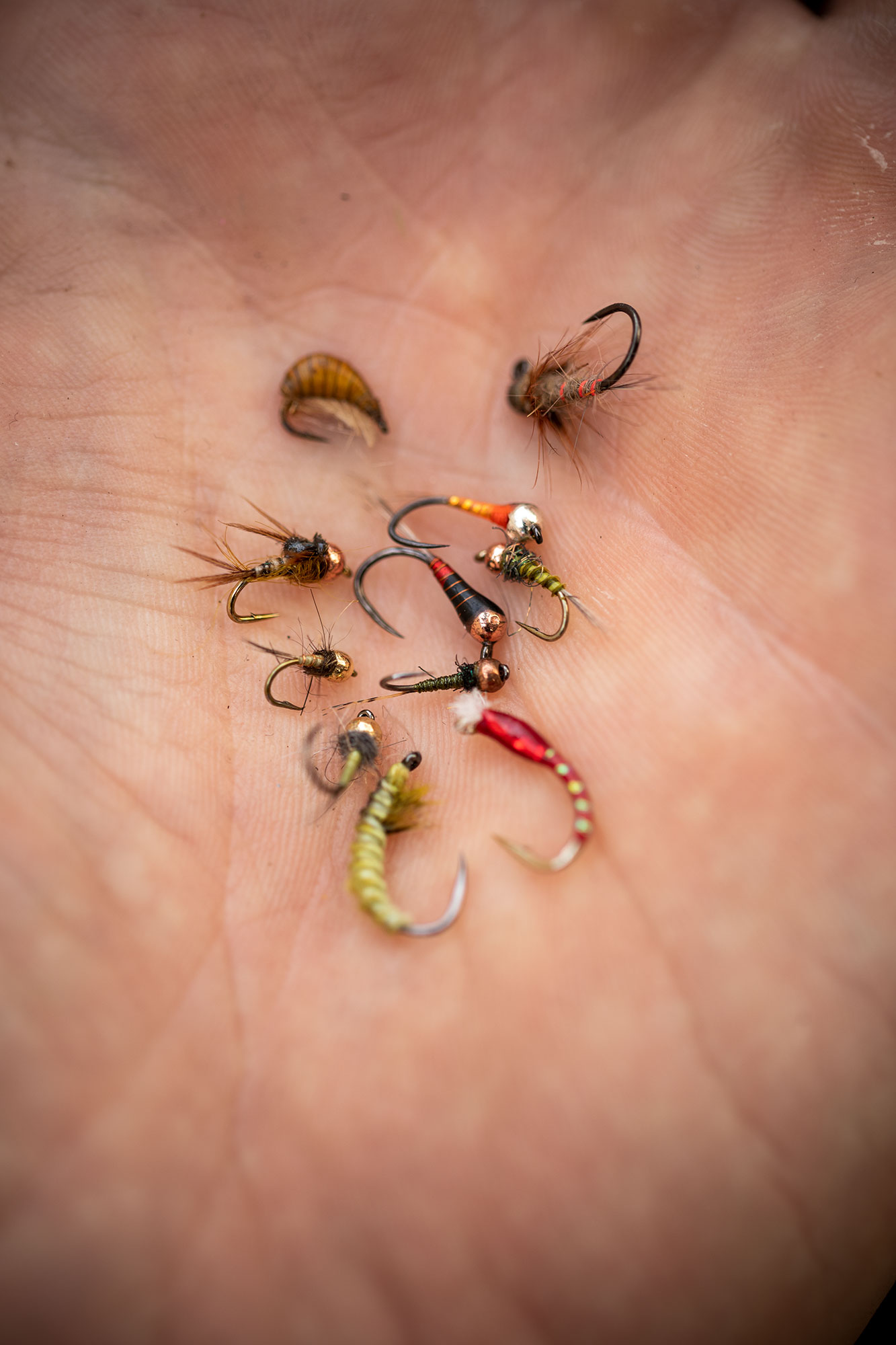
- Fish focus on very small food, if certain insects dominate the natural menu (small freshwater shrimps, small mayfly larvae, freely drifting caddis fly crawlers) and are rinsed into the faster water some centimeters above the ground. This food drifts more freely through the water and is carried along by micro currents.
- Fish do not feed at the bottom of the water column, but in mid-water (e.g. rising insect larvae on their way to the surface). These fish are often fished on sight and it is precisely here that lighter patterns allow for a more precise presentation.
In these (and many other) cases it can really work wonders to use lighter (and often smaller) flies! Smaller tungsten and brass beads (ø 2.0 mm - 2.8 mm) are a great way to make the fly sink more slowly and offer it more naturally.
The use of light-weight or even unweighted flies is widely underestimated, especially with the Euro-Nymph-Technique. A common misunderstanding is that only heavily weighted flies could or should be used here. But flies that are too heavy may not only fish past the fish, they may even frighten and spook it. So how do we fish a lighter nymph?
How do we fish slightly weighted flies?
- Euro-Nymphing with light nymphs: Light flies are not so easy to carry on our long nymph leader - no question about it. This is where our flyweight is supposed to pull the line or the leader. If two flies are allowed (water regulations), an anchor fly (point) can be used perfectly to carry a lighter, small fly (on the dropper). Especially when very small flies are to be offered in deeper or faster water, this technique can be very successful. If in a deep pool fishes eat emerging insects in mid water, a light fly on the dropper can make the difference! In shallower, more steady currents we turn this setup around and guide the lighter, smaller fly at the anchor (at the point) so that it can drift much more freely through all layers of water and be swirled freely. Especially if we can get closer to the spot up to a few meters, we can offer a very small and light fly very efficiently at our Euro-Nymphing setup. You should try it out! But it is important that the distance between the heavier, first nymph and the lighter, second nymph is big enough. A distance of 50-70 cm is optimal in most cases.
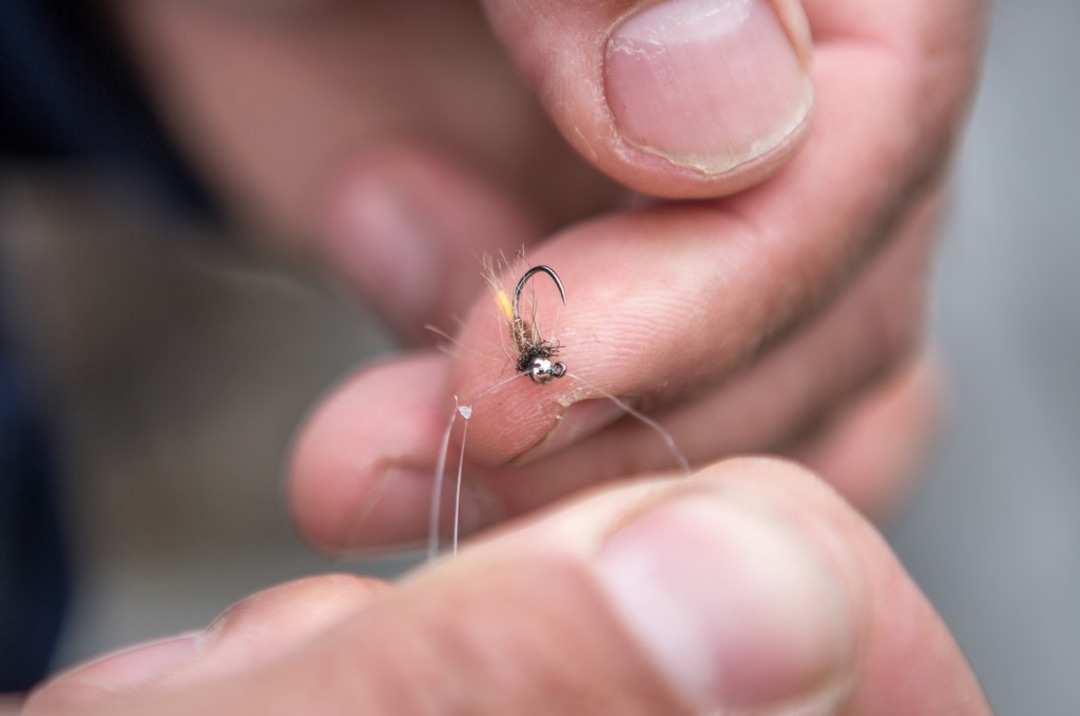
- NZ-Strike indicator with light nymphs: For lighter nymphs, a lighter, more delicate bite indicator should also be used. A large rugby bite indicator - even if it is clearly visible and drifts high - is therefore not suitable. The synthetic wool of the New Zealand Strike Indicator is ideal, however, as it can easily be cut to size, color and depth for the respective application. This NZ Bite Indicator does not disturb the surface much, is clearly visible even at longer distances and can be casted and presented very easily.
- Light nymphs on the Greased Leader: The supreme discipline of nymph fishing is to present the fly with a long, greased leader. Only the foremost part of the leader remains ungreased and sinks neutrally together with the light nymph. Especially in even, slow flowing currents, where we cannot approach the shy fish, this technique remains unbeaten. The greased part of the leader lies in the film on the water surface and can be easily recognized by the 'furrow'. If a fish takes the fly, the leader twitches forward or is pulled under water before you can see it on the fly line. Incredibly efficient on very shy fish in clear, evenly flowing rivers. Products such as the popular Loon Aquel or similar floatants are very well suited for greasing the leader - because they are based on silicone and do not leave a greasy film on the surface.
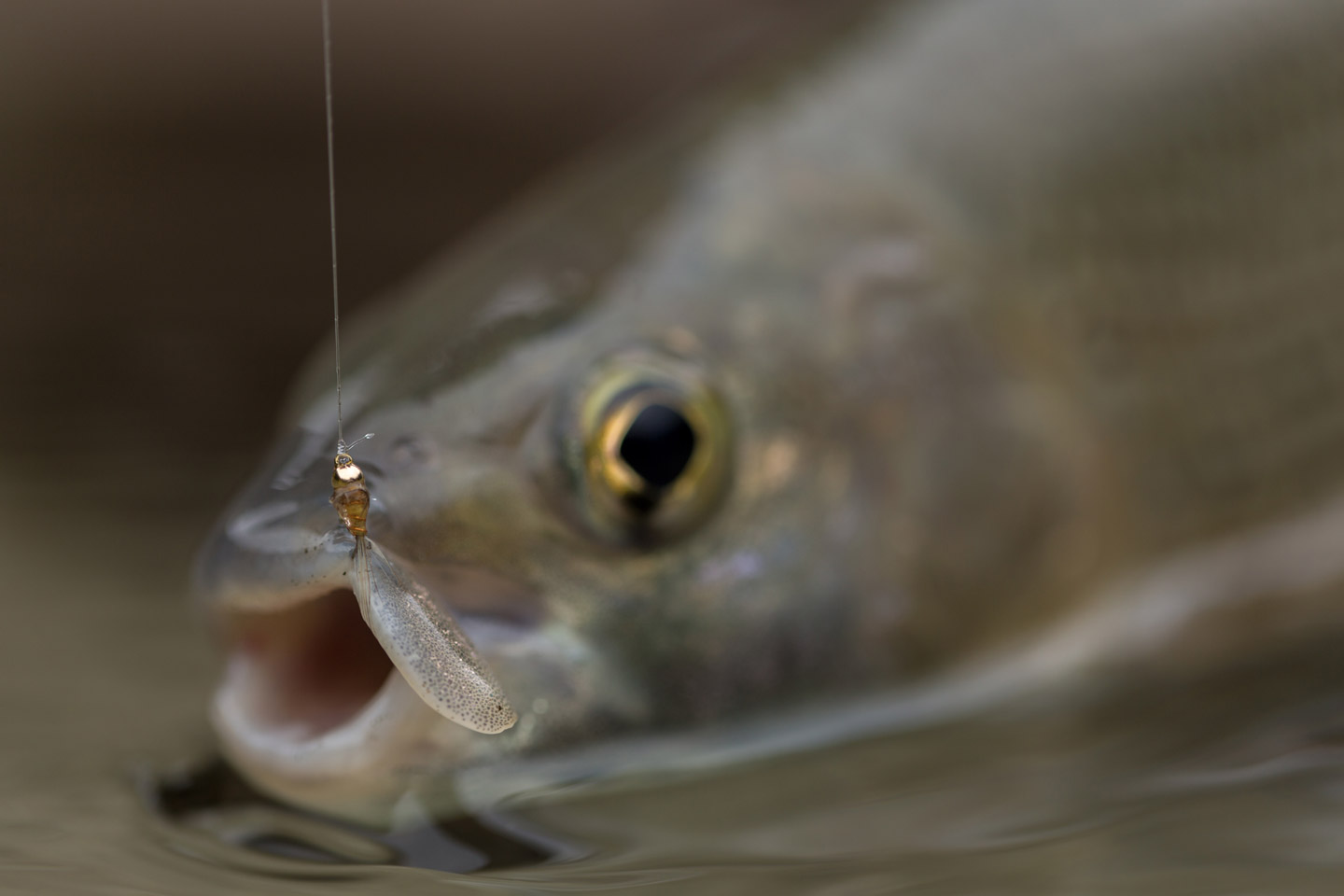
To make our small, light nymph patterns a little bit more eye-catching, it is worthwhile to 'pimp' them with colorful accents. And the easiest way to do this is to use a colored bead.
Set accents with small beads
Especially with the smaller hook sizes (#16 and #18) there is not enough space on the hook shank to tie in an additional hotspot. Besides colored tails (e.g. made of Antron), colored brass and tungsten beads are especially suitable for this purpose. But which colors are successful?
Especially when the trout season comes to a close and the first really cold nights let the water cool down, colors like Fluo-Orange, Pink, or Violet trigger a key stimulus for trout, but especially for grayling. Fluo-green and chartreuse work very well in slightly dusty water and metallic colors and black beads are often an excellent alternative to gold or silver beads. Especially in waters where the fish already react allergic to these classic shine effects.
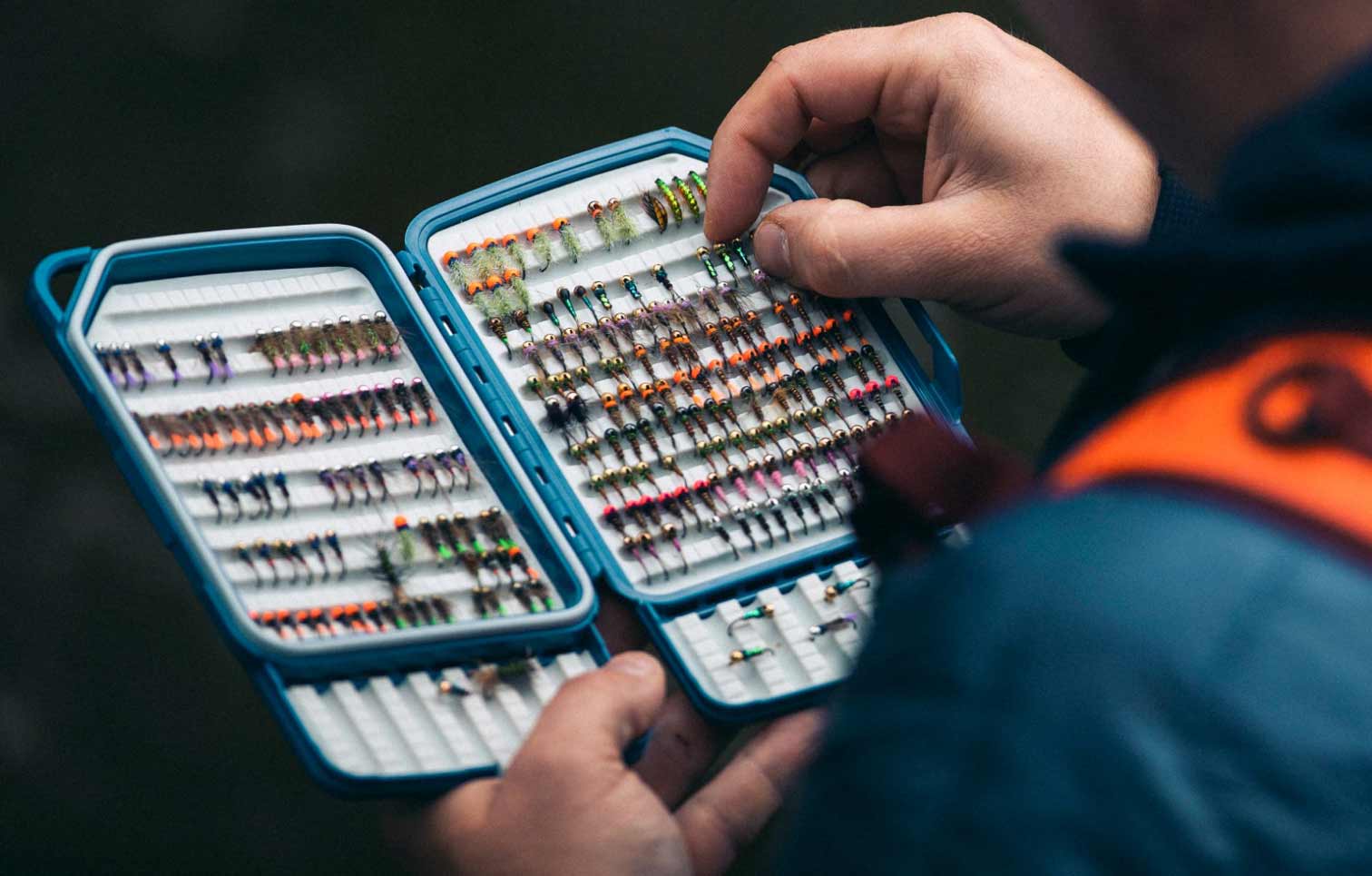
Especially graylings love these colorful hotspots and now, as autumn is approaching, but especially into winter, a good selection of appropriate (even very small, weighted) nymphs should not be missing. The fish now eat more and more very small food and the hook sizes 16-18 should therefore be present in your fly boxes in sufficient numbers.
We wish you a lot of fun with tying, tight lines and good luck with nymph fishing - of course with small, light patterns.

